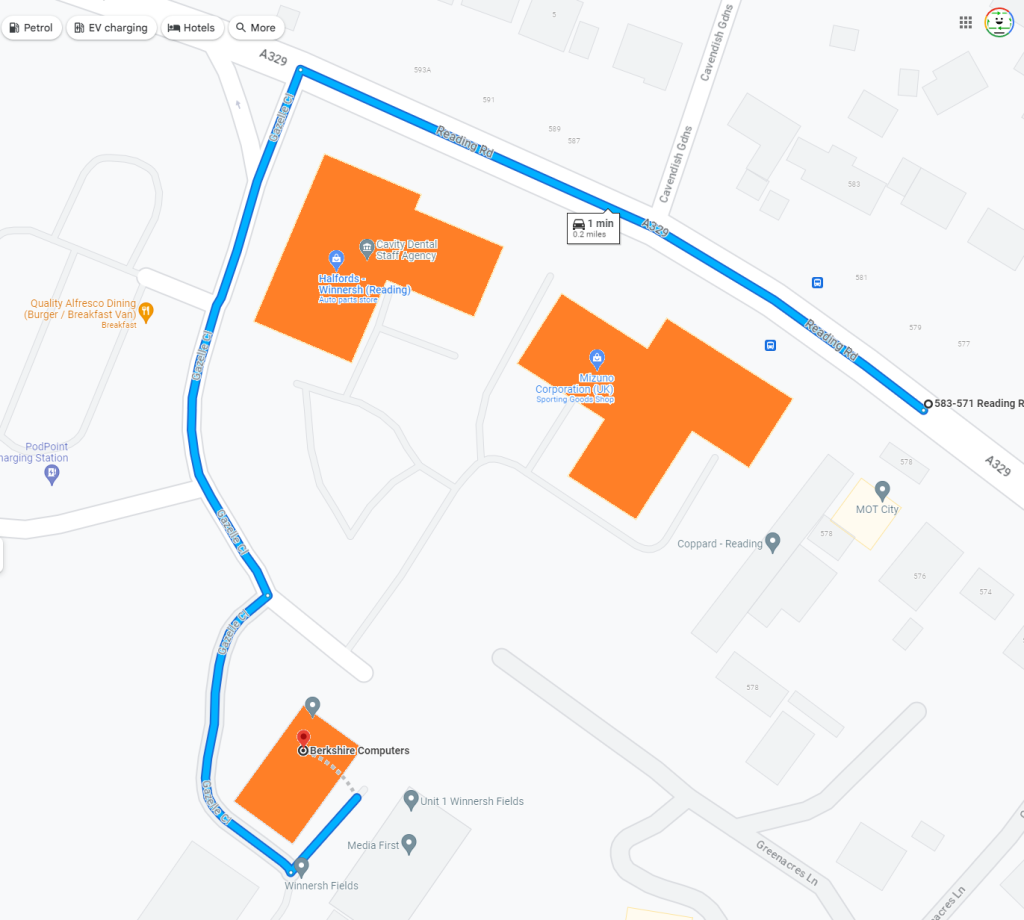How to Remove a Background-Changing Script from Your Windows 10 Computer
Recently, I encountered a peculiar issue on my Windows 10 laptop: my background was being periodically replaced with an image of two monkeys. This unexpected change was the result of a simple script that a friend had written in just a few minutes. If you’re experiencing a similar situation, or if you simply want to know how to handle a script that changes your computer’s wallpaper, this guide will walk you through the steps to identify and eliminate it.
Understanding the Script
The behavior of the script was straightforward: it changed the desktop background to a specific image every 10,000 seconds or whenever the laptop was powered on. Here’s a brief snippet of the script for your reference:
“`vbscript
Dim shell : Set shell = CreateObject(“WScript.Shell”)
Dim wallpaper : wallpaper = “C:\Intel\download.jpg”
Set oSHApp = CreateObject(“Shell.Application”)
Do While True
shell.RegWrite “HKCU\Control Panel\Desktop\Wallpaper”, wallpaper
wscript.sleep 3000
shell.Run “%SYSTEMROOT%\System32\rundll32.exe user32.dll,UpdatePerUserSystemParameters”, 1, True
wscript.sleep 10000
Loop
“`
Steps to Remove the Script
If you find yourself dealing with a similar script, follow these steps to remove it effectively:
-
Search for the Script File: Look for files with extensions such as
.bator.vbs, especially any that have a recent modification date. In my case, I initially searched for a.batfile but didn’t find it. -
Check for Image Files: When searching for the script didn’t yield results, I examined image files on my computer. I discovered an image file that was likely part of the script’s operations, which I immediately deleted.
-
Manage Startup Programs: Go to Task Manager (Ctrl + Shift + Esc) and check the Startup tab. Disable any suspicious items that might be related to the script.
-
Inspect Task Scheduler: Open the Task Scheduler and look for any tasks that may have been created by the script. If you find anything unusual, disable or delete those tasks.
-
Restart Your Computer: After making these changes, restart your computer to see if the issue persists.
What to Do If the Problem Recurs
In my case
Share this content:



